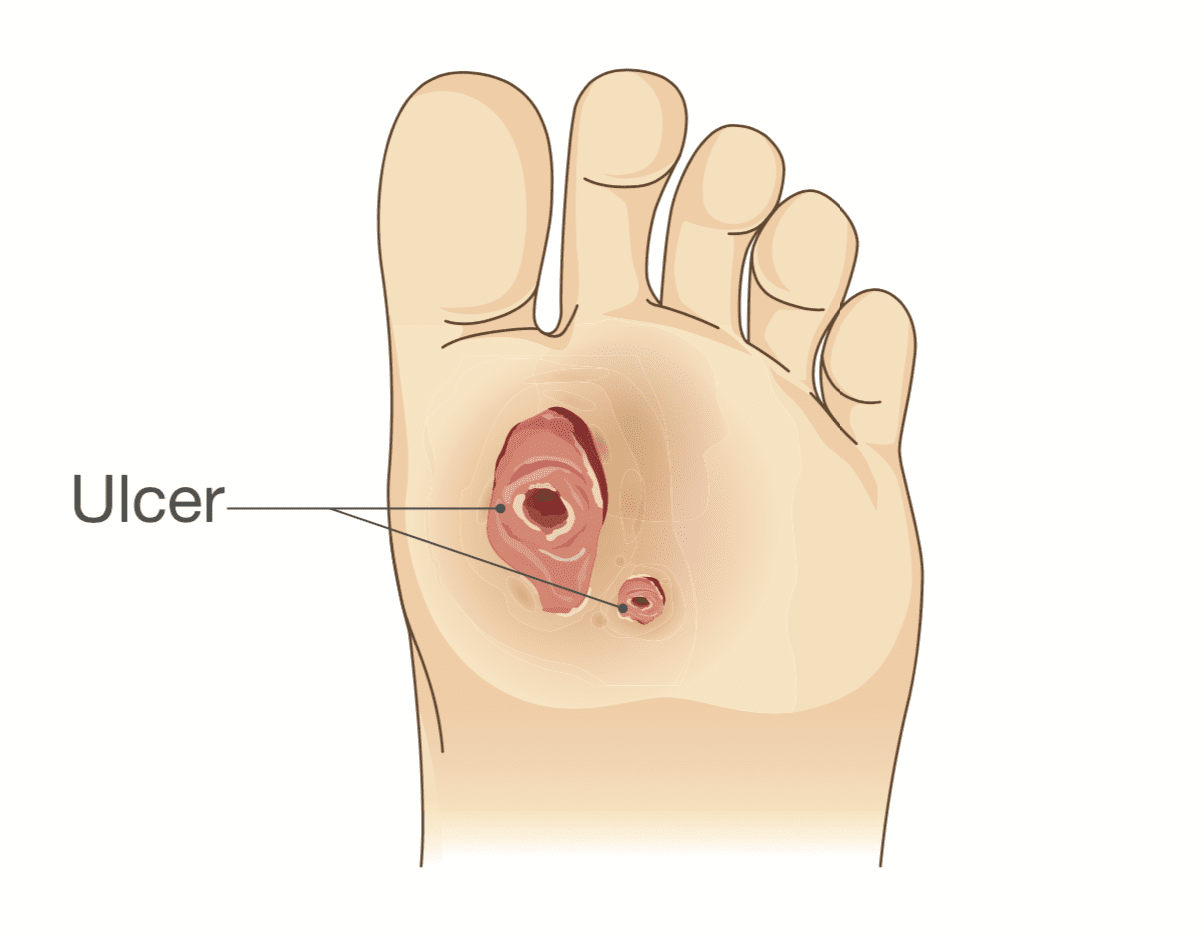Vascular and Vein Institute of the South
DVT Q & A
What is DVT?
DVT occurs when a blood clot forms inside one of your veins. DVT is most likely to develop in the veins of your legs, but blood clots can develop in any of your veins. In most cases, only one leg is affected.
Some of the common signs of DVT in your leg include:
- Swelling in your foot, ankle, or leg
- Cramping in the affected leg, usually in the calf
- Severe pain in your foot and ankle
- A patch of skin feels warmer to touch than the surrounding area
- An area of skin becomes pale or looks slightly red or blue
If you have DVT in an upper extremity, you might have pain in your neck or shoulder, or your arm and hand could swell or turn blue. You could lose strength and dexterity in your hand or have pain that moves into your forearm; however, only around half of the people who have DVT ever experience symptoms.
What causes DVT?
DVT occurs when a blood clot develops in one of your veins and interferes with your circulation. Many factors, including your lifestyle and certain medications, contribute to the formation of blood clots.
For example, injury or surgery can weaken or damage your veins and reduce your circulation, which increases your risk of a blood clot. Additionally, if you have a sedentary lifestyle and spend most of your time sitting, blood can collect in your legs, or your circulation can slow, which can lead to clotting.
How is DVT treated?
We begin by assessing your vascular health and identifying and locating your blood clot. Depending on the severity of your condition, they might prescribe medication like blood thinners.
We also perform procedures to safely break up your clot or prevent it from growing. If you can’t take blood thinners, you might benefit from having a filter placed in your vena cava — the largest vein in your abdomen — to reduce your risk of a pulmonary embolism.
If you have a family history of DVT or have any symptoms of DVT, you should make an appointment as soon as possible. DVT is a potentially dangerous health condition.
Your risk of a pulmonary embolism increases if left untreated. A pulmonary embolism occurs when a blood clot in a peripheral nerve loosens and travels through your bloodstream and lodges in your lung, which is a life-threatening condition.
Call or make an appointment online today for expert diagnosis and treatment of DVT.





